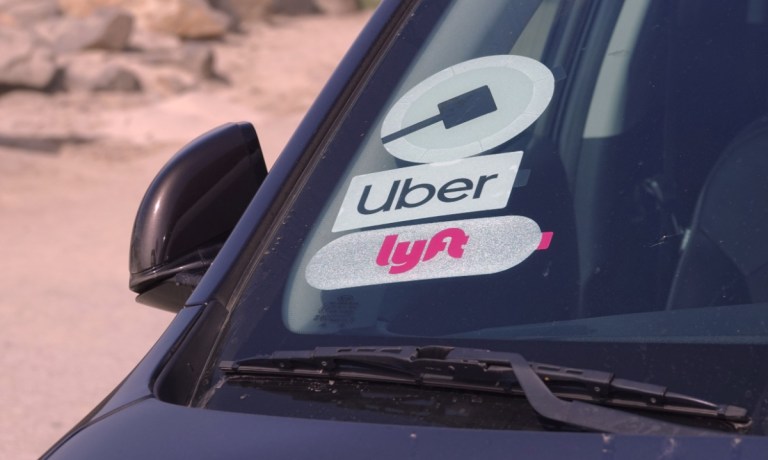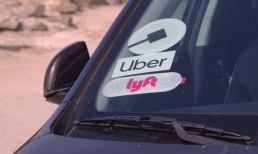The Urgent Economy: How Instant Payments Are Changing Vendor Relationships

In today’s fast-paced world, waiting days for a payment to clear can feel like an eternity. That’s why instant payments are in demand, giving businesses that owe money to vendors, suppliers or contractors the ability to digitally disburse funds almost immediately.
But the speed of getting money out the door isn’t just about convenience for the sender; it’s also a strategic tool for companies to keep their recipients happy and their operations growing.
A forthcoming PYMNTS Intelligence report in collaboration with Ingo Payments reveals new details about individual and business consumers’ interest in instant disbursements for nonrecurring, or ad hoc, payments, and the inclination of companies to opt for that method.
The report, “Instant Payments: A Strategic Tool for Vendor Relationships and Urgent Transactions,” draws on 42,683 U.S. consumer responses elicited over seven years to reveal what the “Pay Me Now” economy looks like. For 41% of consumers, an instant method —whether Zelle, transfer to a debit card or digital wallet, or something else — is the method by which they receive disbursements most often. That is nearly quadruple 2018’s level.
Changing Workforce
Why the need for speed? For many individuals, it boils down to the nature of their work. In the gig economy, tens of millions of U.S. workers rely on getting paid quickly after completing a job to plan their personal finances and maintain pocketbook stability.
The report, which publishes on Thursday (April 10), highlights that more than 1 in 2, or 55%, of large businesses in the gig economy face a requirement from those to whom they money to send more than 30% of their ad hoc payments urgently.
This makes perfect sense when you consider that gig workers typically expect immediate compensation for their services. But crucially, the companies that employ them understand that expectation. In fact, the data shows that 97% of payments to gig workers were deemed urgent by the senders.
Think about the trucking industry. For example, fuel providers working as independent contractors hauling gasoline, diesel or propane usually pay out-of-pocket for their truck fuel, then seek reimbursement from the company they’re working for. Those can be big-ticket items, especially for cross-country trips, making instant reimbursements essential. Nearly half of businesses in the transportation and trucking sectors used instant methods to pay their suppliers last year.
Similarly, in the hospitality industry, when a hotel or restaurant guest tips a worker by credit card, the service worker expects to receive those funds quickly. The report shows that 96% of tip payouts are deemed urgent by payees.
Keeping Everybody Satisfied
At the same time, paying instantly benefit senders as well. Businesses continually seek to avoid disruptions and strengthen their vendor relationships. The latter can be seen in the report’s finding that payment urgency is linked to the adoption of instant methods. Businesses that have a high need for urgent ad hoc payments are more likely to adopt instant payment options.
In fact, among companies that send at least 30% of their ad hoc payments urgently, every single one of them used instant payment methods for consumers at least once in the past year, Nearly 8 in 10, or 77%, used them for SMBs. Compare that to only 20% of enterprises with fewer urgent payments doing the same. It’s clear that when time matters, instant payments are the go-to solution.
What’s also interesting is the willingness of companies to foot the bill for this speed. The research found that enterprise senders are most likely to pay fees for instant payments when those payments are urgent. For those with high-urgency needs, 79% paid fees to send instantly to other businesses.
And it’s not just about paying the standard fee; many are even willing to pay a premium if a vendor might refuse to deliver goods or services before payment is made. Specifically, 54% of senders with a high need to pay urgently would pay more in such a scenario.
If things seem fast now, they’re only going to speed up. The report’s data suggests that by 2028, nearly half (49%) of all enterprise senders plan to use instant payments for all non-payroll purchases. Among companies with high urgent payment needs, that number jumps to over 60% .
This indicates a clear trend towards instant becoming the standard, not just a niche solution for urgent situations. Up next: Innovations like issuing virtual cards to receivers, particularly among high-volume senders operating in the gig economy.
Main Takeaways
• Everybody wants their money now. There is a growing demand for instant payments not just from workers and vendors but among businesses in the gig economy, transportation and hospitality sectors.
• Instant buys happiness and growth. Paying a worker or supplier instantly makes them happy and helps maintain strong vendor relationships. That in turn smoothes business operations.
• Paying more is worth it. Businesses with urgent payment needs are more willing to pay fees for instant transactions, recognizing the strategic value in terms of vendor retention and operational efficiency.
• Get used to it. Instant payments are projected to become increasingly prevalent, with nearly half of all enterprise senders planning to adopt them for all non-payroll payments by 2028.


